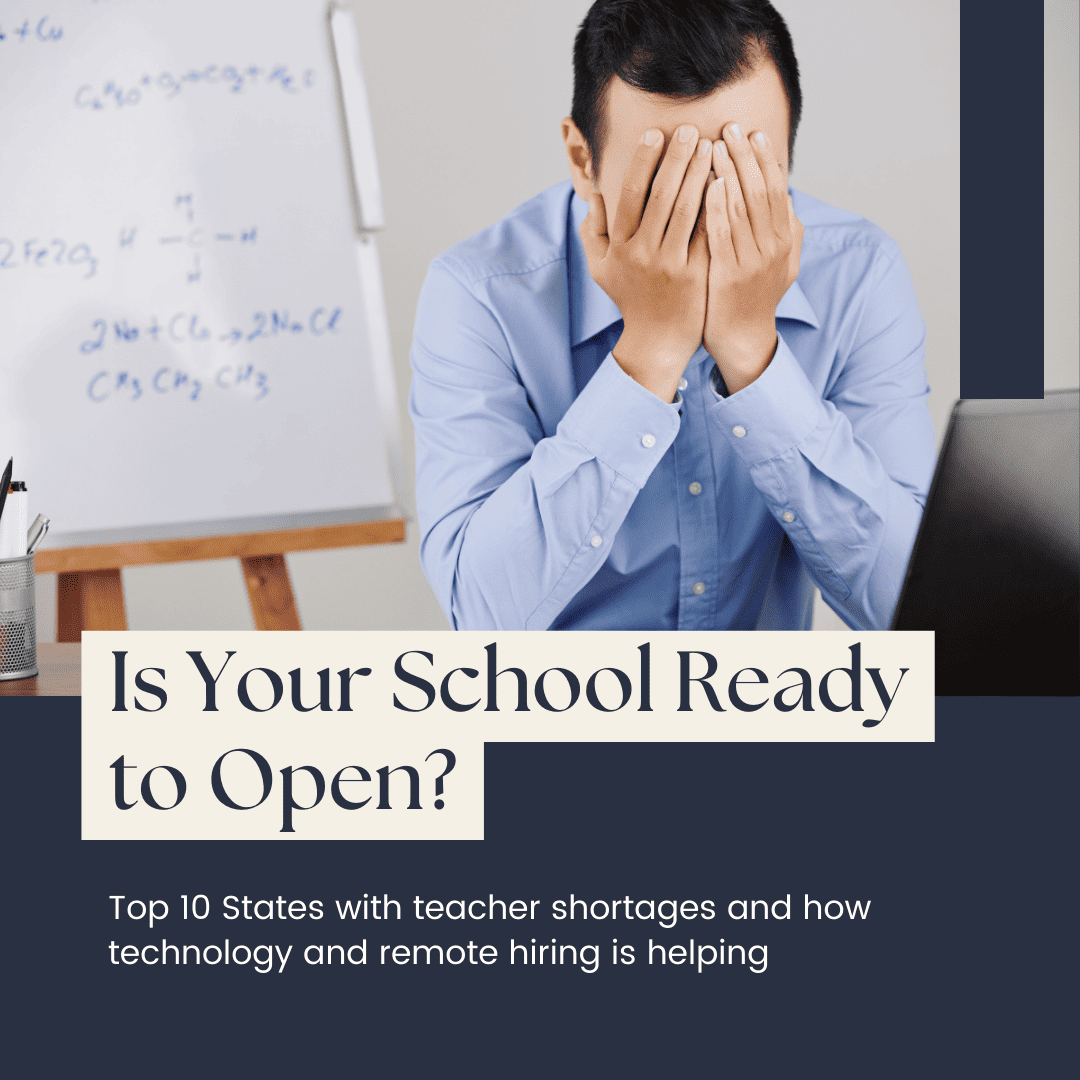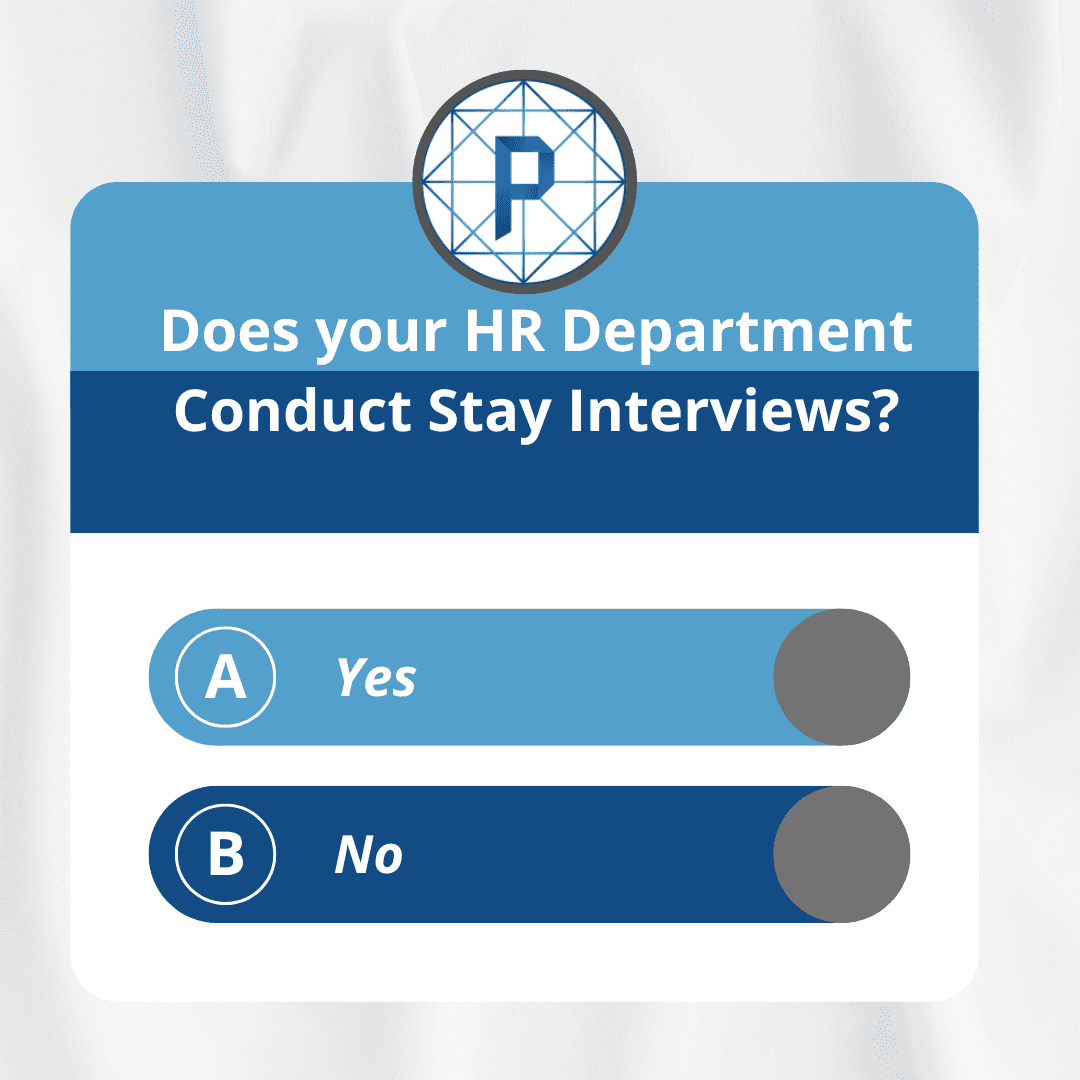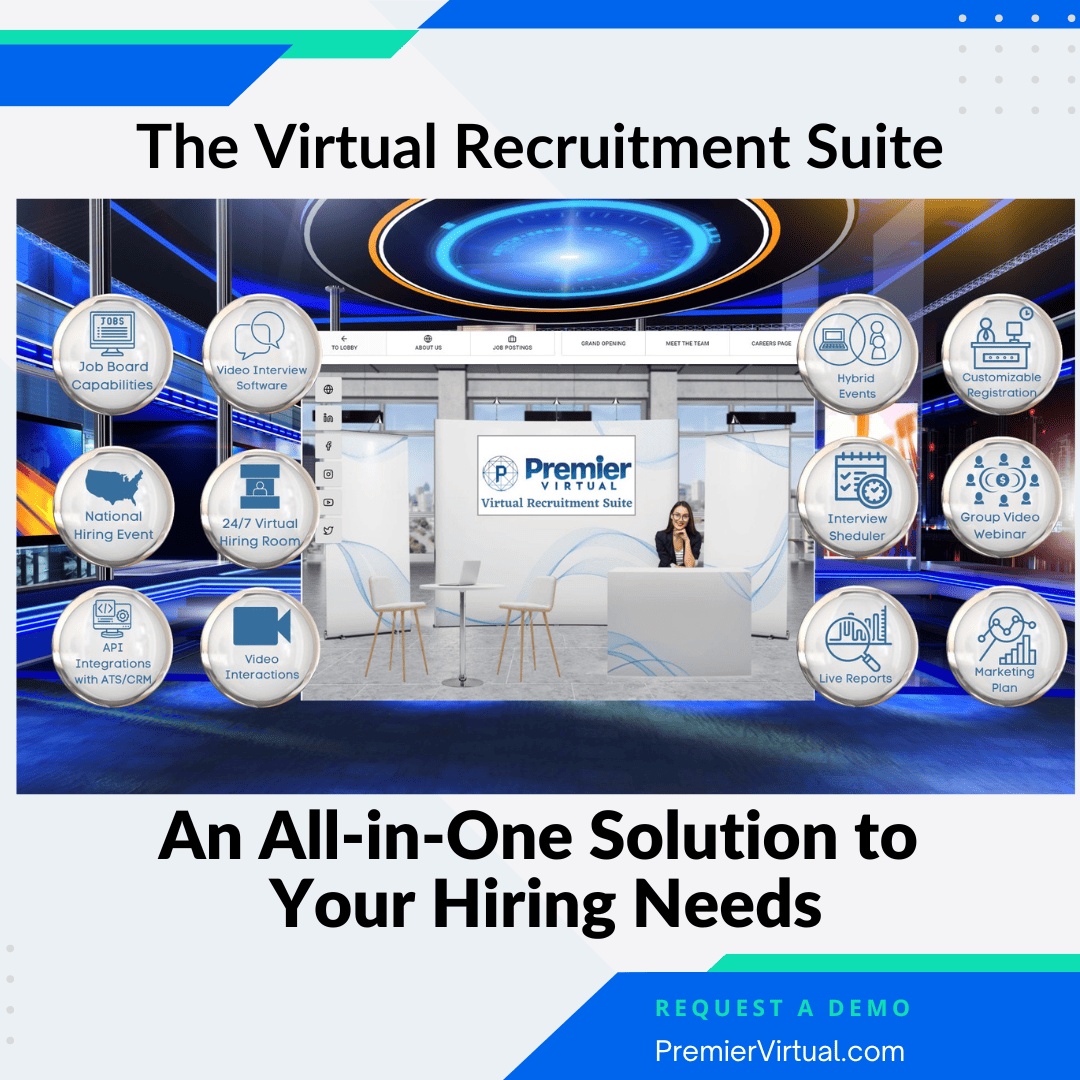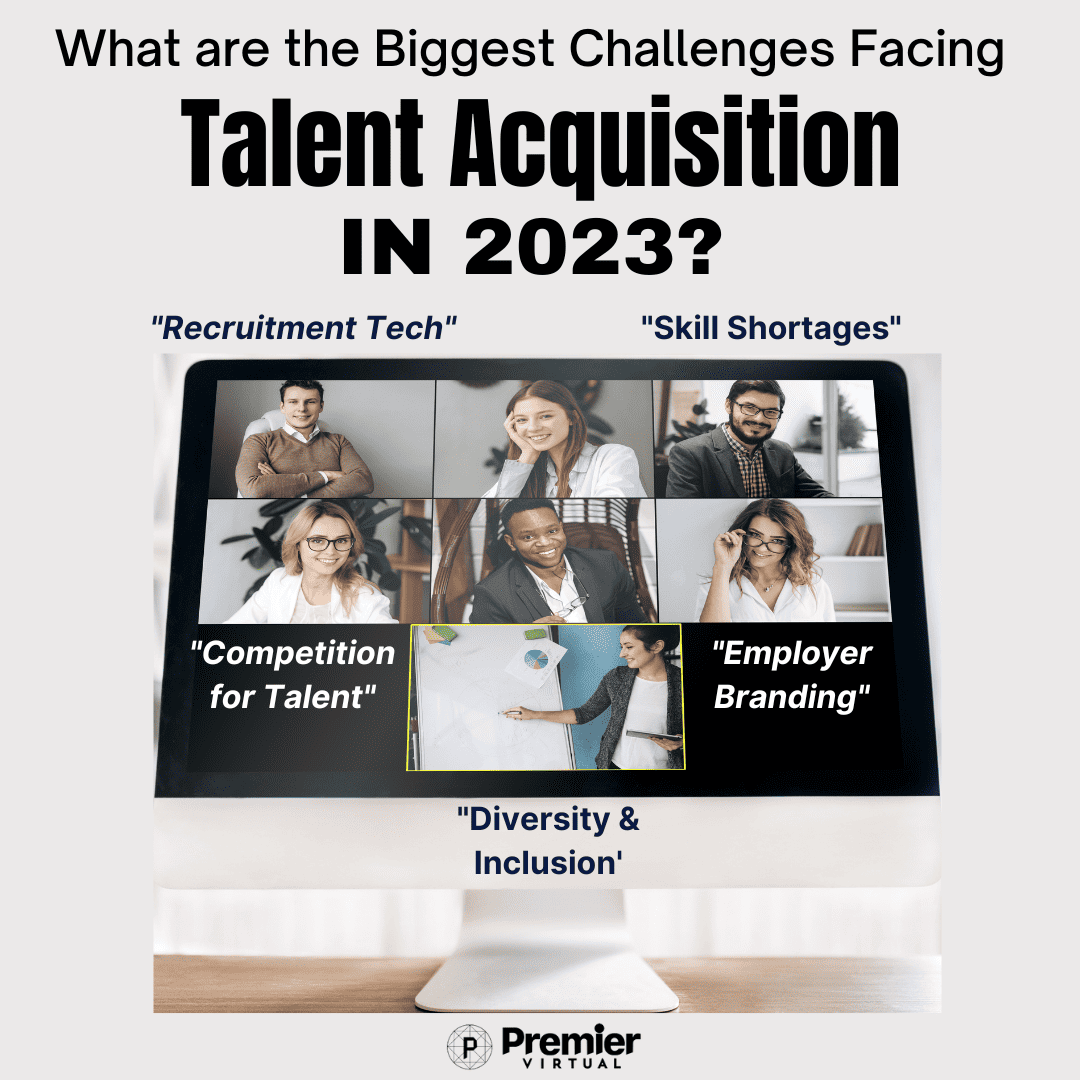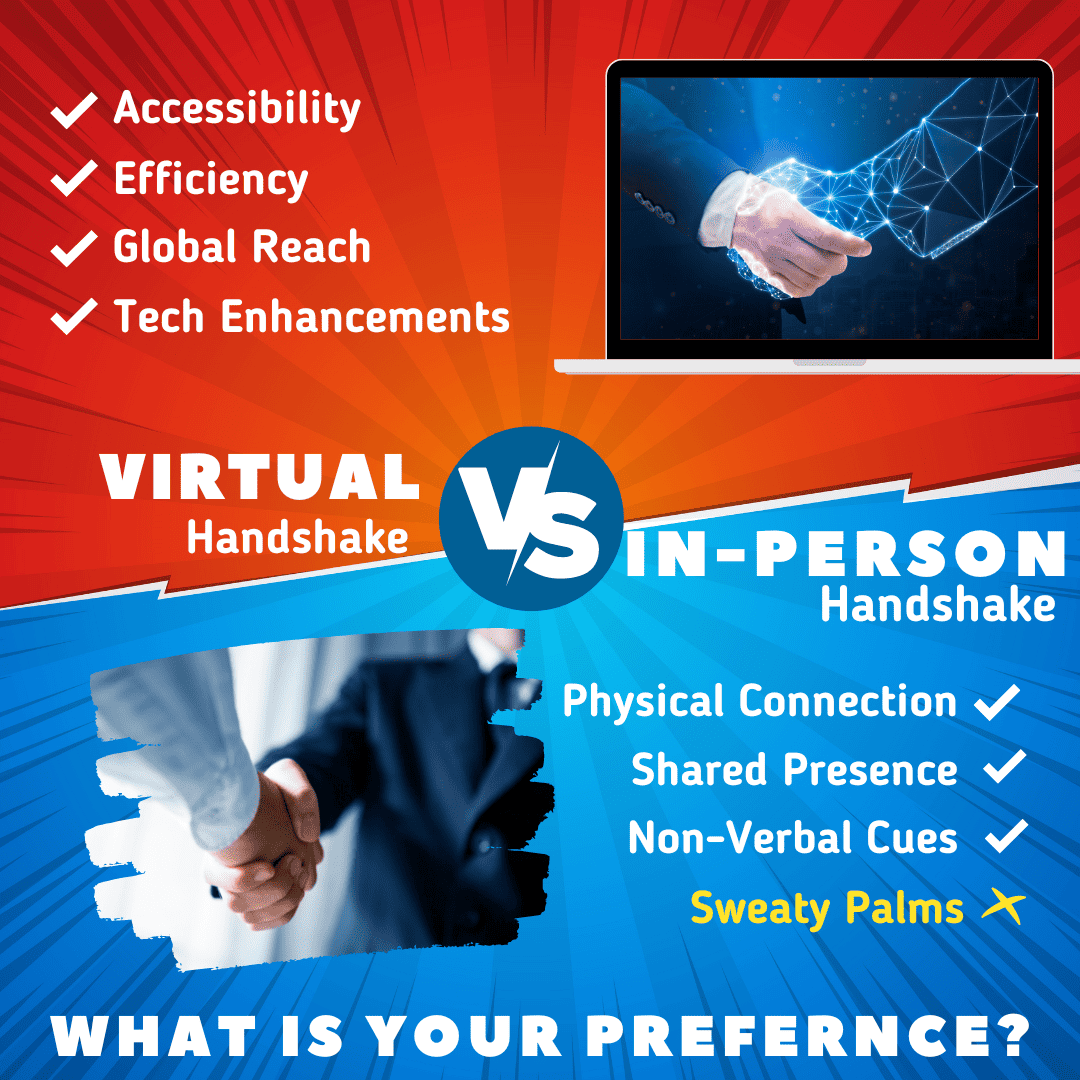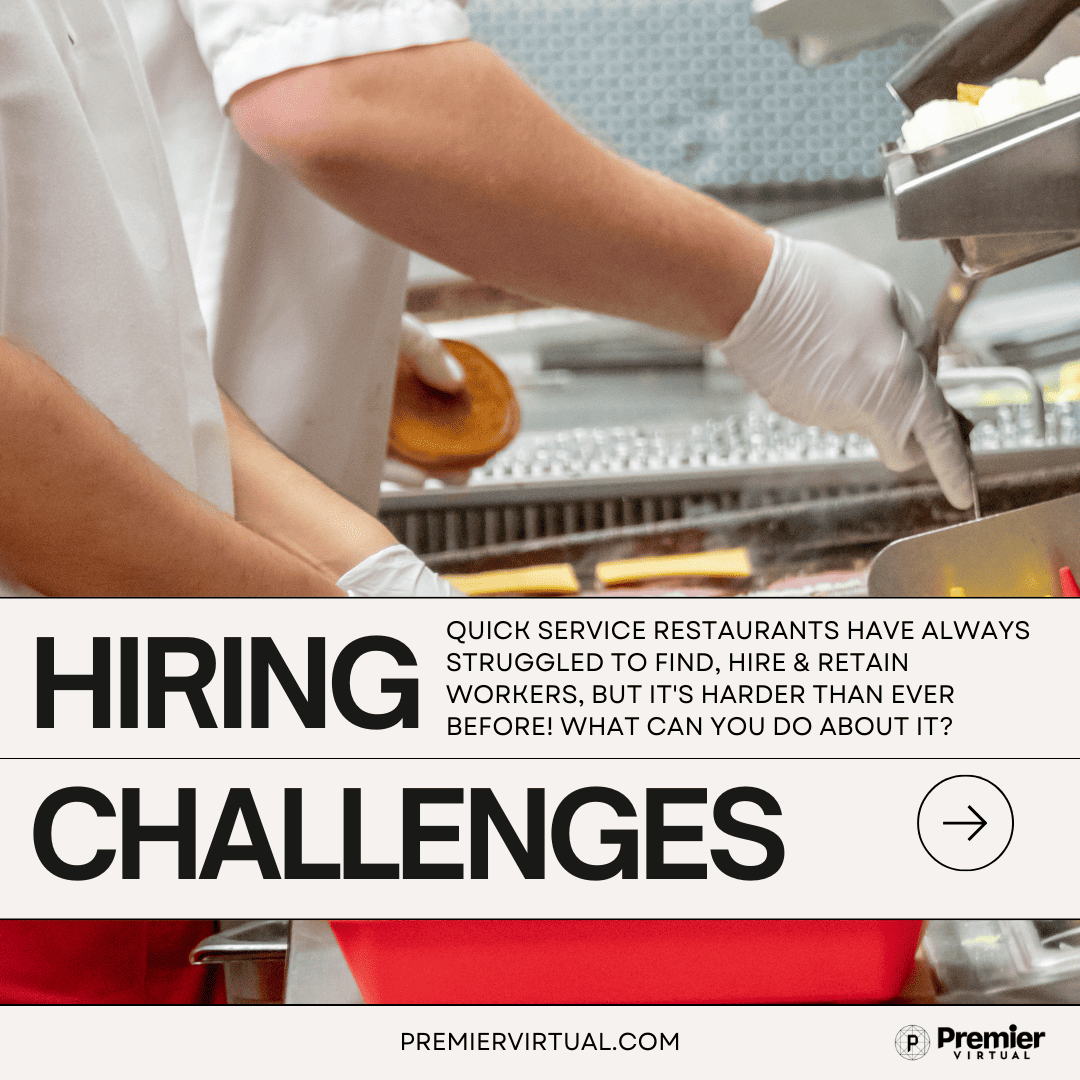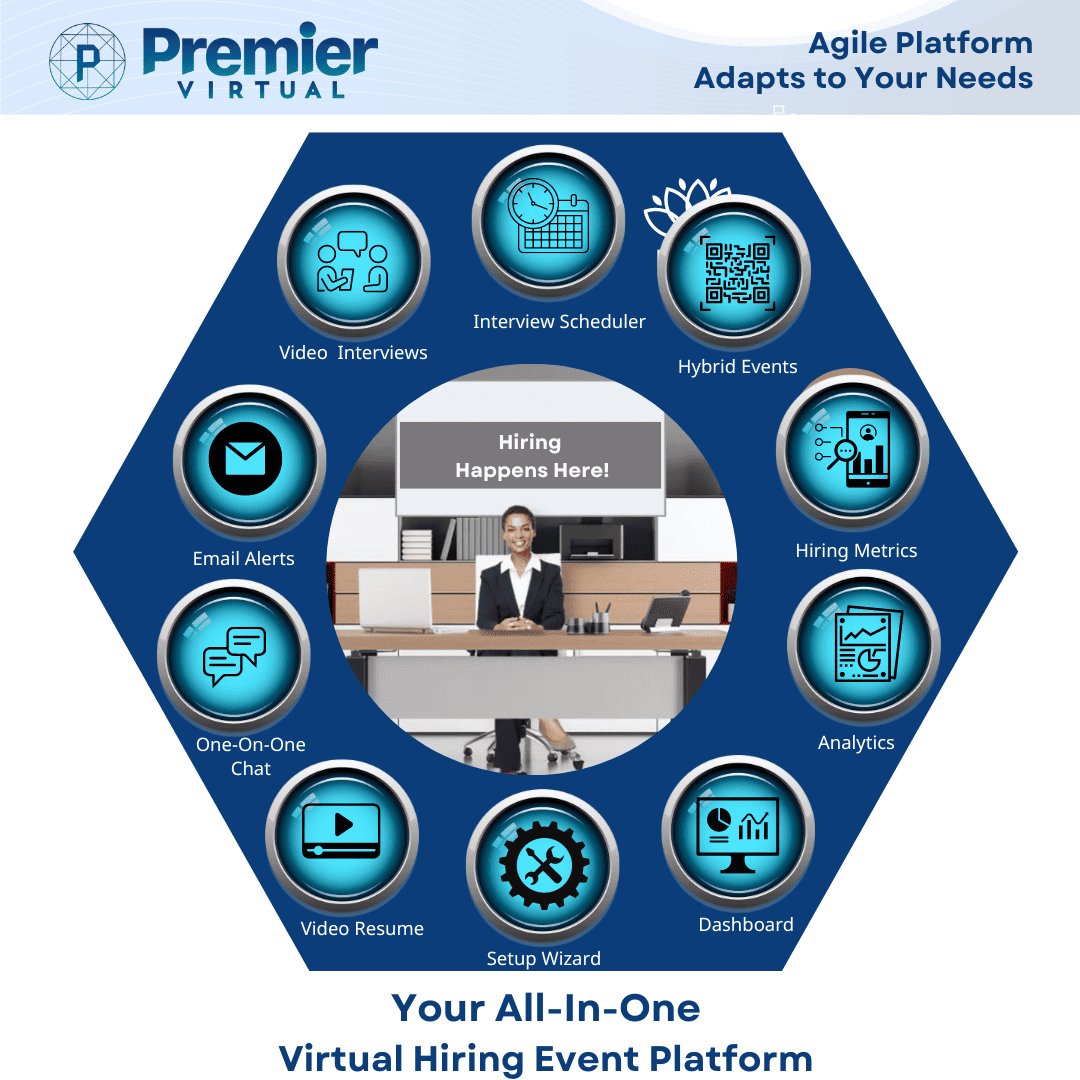How Technology is Helping Overcome the Teacher Shortage
School boards across the country have been hit hard by the challenge of hiring and retaining staff. In the current landscape. Here are some disturbing trends that have been reported:
- School districts in the USA are reporting 40% substitute fill rates.
- Teachers plan to retire or change careers in greater numbers than ever before.
- The number of unfilled teaching positions has surpassed 10,000 this year.
Some states are worse off than others. Below is a list of the Top 10 states in the United States were experiencing teacher shortages to varying degrees. Teacher shortages can be influenced by a variety of factors, including pay, working conditions, and demand for teachers in specific subject areas.
While these are the top 10, teacher shortages are being reported all across the nation.
- California
- Arizona
- Nevada
- Oklahoma
- Hawaii
- New Mexico
- Texas
- North Carolina
- Florida
- Georgia
These states were often reported as facing challenges in recruiting and retaining teachers, particularly in certain subject areas such as math, science, special education, and foreign languages.
The Emerging Role of Technology to Help Hire and Overcome the Teacher Shortage
Technology has been playing a significant role in addressing teacher shortages and streamlining the hiring process in various ways. Some of the ways technology is helping to hire teachers and address the teacher shortage include:
- Online Job Portals: Schools and districts can use online job portals and websites dedicated to education job listings to post job openings. This allows them to reach a wider audience of potential candidates, including those who may not be in the immediate vicinity.
- Virtual Interviews: Technology enables schools to conduct virtual interviews, which can save time and resources for both the school and the candidates. Video conferencing tools on Premier Virtual’s all-in-one virtual recruitment platform allow schools to interview candidates from different locations, making the hiring process more flexible.
- Application Tracking Systems (ATS): ATS software helps schools manage and track job applications. These systems streamline the application review process by allowing administrators to filter and organize applications, making it easier to identify qualified candidates.
- Social Media and Networking: Schools and districts can leverage social media platforms to advertise job openings and engage with potential candidates. Educators and job seekers often use platforms like LinkedIn and Twitter to connect with schools and share their qualifications.
- Data Analysis: Schools can use data analytics to identify trends and patterns in teacher hiring and attrition. By analyzing this data, schools can make more informed decisions about their recruitment and retention strategies.
- Teacher Recruitment Platforms: Some platforms are designed specifically to connect schools with qualified teachers. These platforms often use algorithms and data-driven matching to help schools find teachers whose skills align with their needs.
- Online Professional Development: Offering online professional development opportunities can attract teachers interested in continuing their education and enhancing their skills. This can be especially appealing for candidates who are looking for growth opportunities.
- Remote Teaching Solutions: In response to the COVID-19 pandemic, many schools adopted remote and hybrid teaching models. This opened up opportunities for schools to hire teachers who might not have been able to relocate, expanding the potential candidate pool.
- Mobile Apps: Mobile apps can allow teachers to easily access job listings, submit applications, and receive notifications about job openings. This convenience can help schools connect with candidates more efficiently.
- Candidate Assessment Tools: Some technology platforms offer tools for assessing a candidate’s teaching abilities, subject knowledge, and interpersonal skills. These assessments can help schools make more informed hiring decisions.
- Video Portfolios: Teachers can create video portfolios showcasing their teaching style, classroom management techniques, and subject expertise. These portfolios provide a more comprehensive view of a candidate’s abilities than a traditional resume.
While technology has introduced innovative ways to address teacher shortages and improve the hiring process, it’s important to remember that it’s just one piece of the puzzle. A comprehensive approach to addressing teacher shortages may also involve policy changes, improved working conditions, competitive compensation, and professional development opportunities.
Fill Teacher And Substitute Teacher Positions With Premier Virtual
If you’re looking for a better way to conduct internal and external interviews and develop your teachers, we would love to help. As schools struggle to hire teachers, video interviewing and remote hiring are becoming more popular. See how we’ve helped other schools fill their staffing needs and how we can help you do the same with a free demo today.

